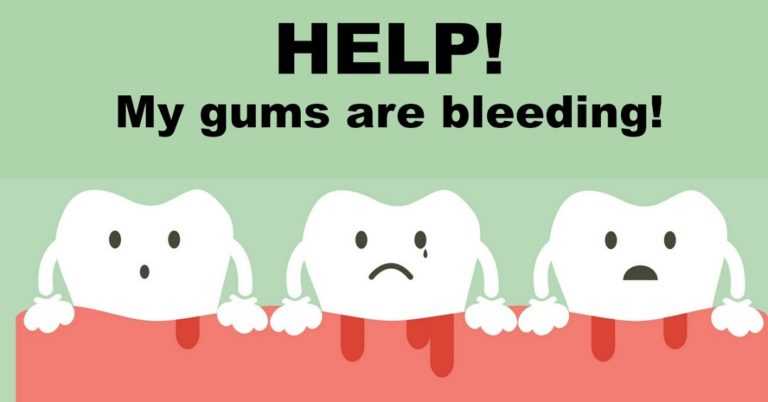Periodontitis is a group of conditions. All of them involve inflammation of the gums and other structures that support the teeth. This disease often starts as gingivitis.
Periodontitis is caused by bacteria that attach to the teeth at the gum line and result in an infection. Your body tries to fight the infection. Some of the substances that your body produces can be harmful. They damage the jawbone and the ligament around the teeth.
If this process continues, the teeth become loose. Pockets form between the teeth and gums. These pockets are places where more bacteria grow. If your periodontitis is not treated, your teeth can become loose and even fall out.
Periodontitis is not usually painful. Older adults are more likely to have periodontitis.
People with diabetes and people who Smoke are much more likely to get periodontitis. Smoking may increase the damage to the tissues supporting your teeth.
Symptoms
Symptoms include:
- Reddened, swollen or bleeding gums
- Receding gums
- Loose teeth
- Bad breath
- An unpleasant taste in the mouth
- Many people do not know that these symptoms can be signs of a problem.
Diagnosis
Your dentist will examine your mouth. He or she will test your gums with a dental probe. If you have periodontitis, the probe will go deeper between your teeth and gums than it normally would.
Your dentist may test for loose teeth. It is normal that the teeth can be moved slightly even in people who don’t have periodontitis. But the teeth may be much looser than normal in people with periodontitis. This is because of damage to the fibers and bone that support the teeth. Your dentist may also order X-rays. These can be compared with older X-rays to see if your teeth and bone have changed.
Expected Duration
Periodontitis cannot be completely reversed. Sometimes the damaged fibers and bone will regrow. But most of the time, they will not.
Treating the disease can prevent more damage. It also will improve the health of your mouth and teeth.
Prevention
Daily brushing and flossing (morning and night) can help prevent periodontitis. Even regular visits to your dentist for professional cleanings can help prevent this. If you smoke, quitting will reduce your risk of this disease.
Treatment
The treatment you need depends on how serious your periodontitis is. Dentists classify the disease as mild, moderate or severe.
Mild periodontitis is usually treated with a cleaning called scaling and root planing. Scaling removes plaque and tartar from your teeth. Scaling cleans the teeth above and below the gum line.
Root planing smooths the roots, making it harder for bacteria to stick there and grow. Combined with at-home brushing and flossing, this special cleaning often is enough to cure periodontitis. Moderate periodontitis may require more than scaling and root planing. You also may need surgery. Some surgeries reshape your gums to better fit your teeth. Others try to regrow bone that was destroyed.
Severe periodontitis usually requires surgery. Sometimes, you also need antibiotics. Treatment may also include the removal of teeth that can’t be saved. Anyone with periodontitis must brush thoroughly at least once a day and clean the spaces between the teeth with special small brushes or dental floss.
When To Call a Professional
If you’re experiencing bleeding, swelling gums, or loose teeth, it’s essential to consult your dentist promptly. Sabka Dentist offers comprehensive dental care across India, providing advanced treatments to address such concerns
The best course of action is to get regular dental checkup in your nearest Sabka dentist clinic, during these checkups, your dentist can make sure your gums and teeth are healthy.





